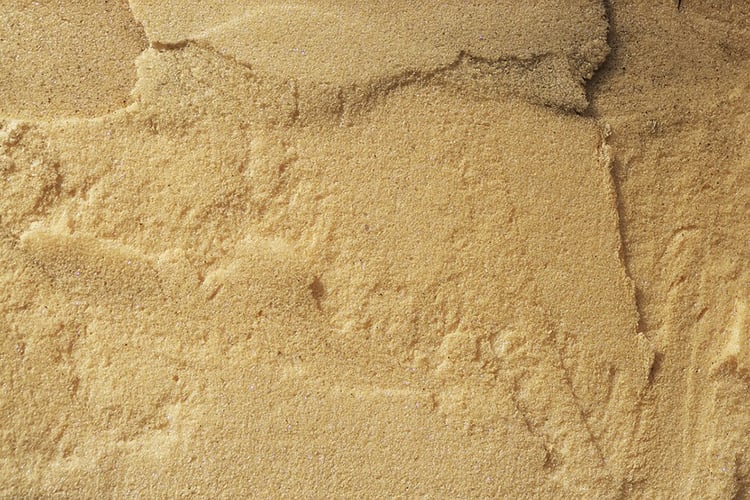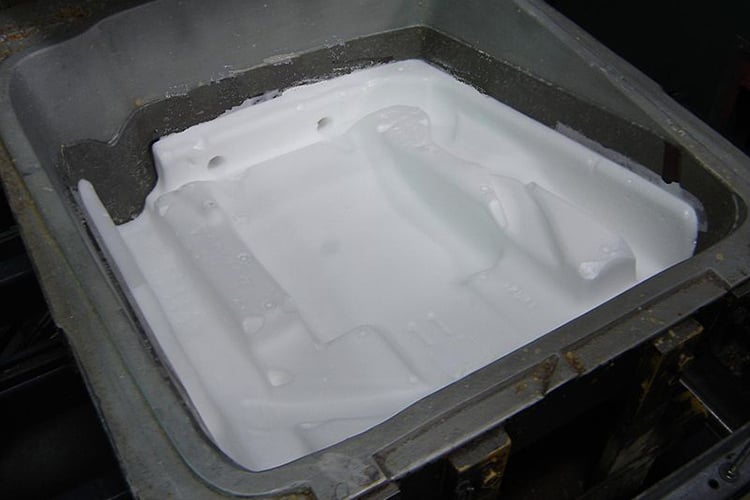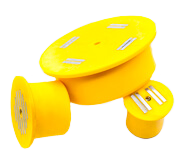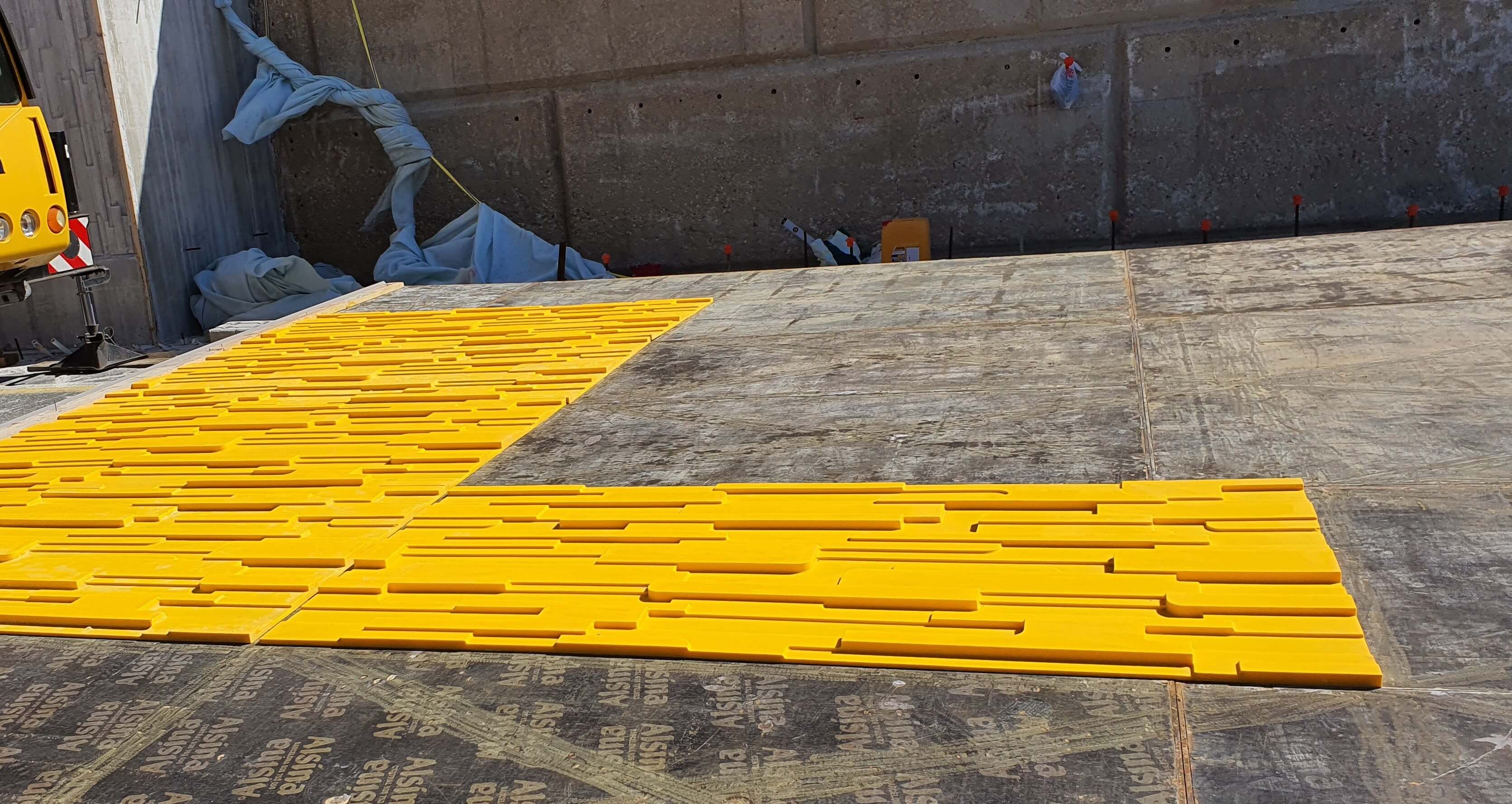The polyurethane foam must have rigidity or flexibility depending on what its applications are going to be. The versatility of this material allows it to adjust to the needs of industries in all sectors and be present in everyday life to provide comfort and protection.

Rigid and flexible polyurethane foam components
This material of great insulating capacity is obtained from the mixture of two components, polyol and isocyanate, in liquid state. When they react, they give rise to rigid PU foam, with a solid and very resistant structure. The heat generated by the reaction can be used to vaporize a swelling agent, so the resulting material has a much larger volume than the original products.
Rigid foam can be applied sprayed in situ or in situ by casting. Sprayed polyurethane and injected polyurethane are the types of polyurethane used for construction and industry in very diverse applications.
Flexible polyurethane foams are elastic open cell structures. They stand out for their cushioning capacity and versatility, since depending on the additives that are added and the manufacturing system used, different performances may be achieved.
Polyurethane foam molding
Polyurethane shell molding is very cost effective in large volume runs. A mold is made on which the rigid or flexible polyurethane foam components are poured. With the reaction, the material increases in size until the mold vacuum is completed. When the foam has hardened and cured, it is separated from the mould and the process is started again.
Injection molding is similar, although the material is injected into the mold with high pressure.

Which foam to choose for each application?
The choice of the most suitable polyurethane for each objective is fundamental in order to obtain the required results. Thus, the sprayed rigid polyurethane foam is the most efficient insulator. Due to its hardness, it can withstand cutting and machining. Flexible foams are more suitable for molding.
Rigid foam achieves high levels ofthermal and acoustic insulationwith a minimum thickness. The rigid polyurethane foam is presented in sheets, blocks and molded pieces, that adjust to the specifications of the client on form, texture, colour, etc. It can be used in insulation applications (construction, industrial refrigeration, pipes, tanks, heaters, etc.), structural foam, imitation wood, decorative panels, packaging, floral foam, etc., as well as in models and prototypes.
On the other hand, the flexible foam for its comfort and firmness is useful for furniture (sofas, mattresses, cinema armchairs) to be hypoallergenic and offer multiple finishes and designs. In fact, the Syntheflex 9676L-TX-48 polyurethane system is the most suitable for the furniture industry, since it allows the production of flexible cold molded foam pieces with molded density between 50-60 g/l.











